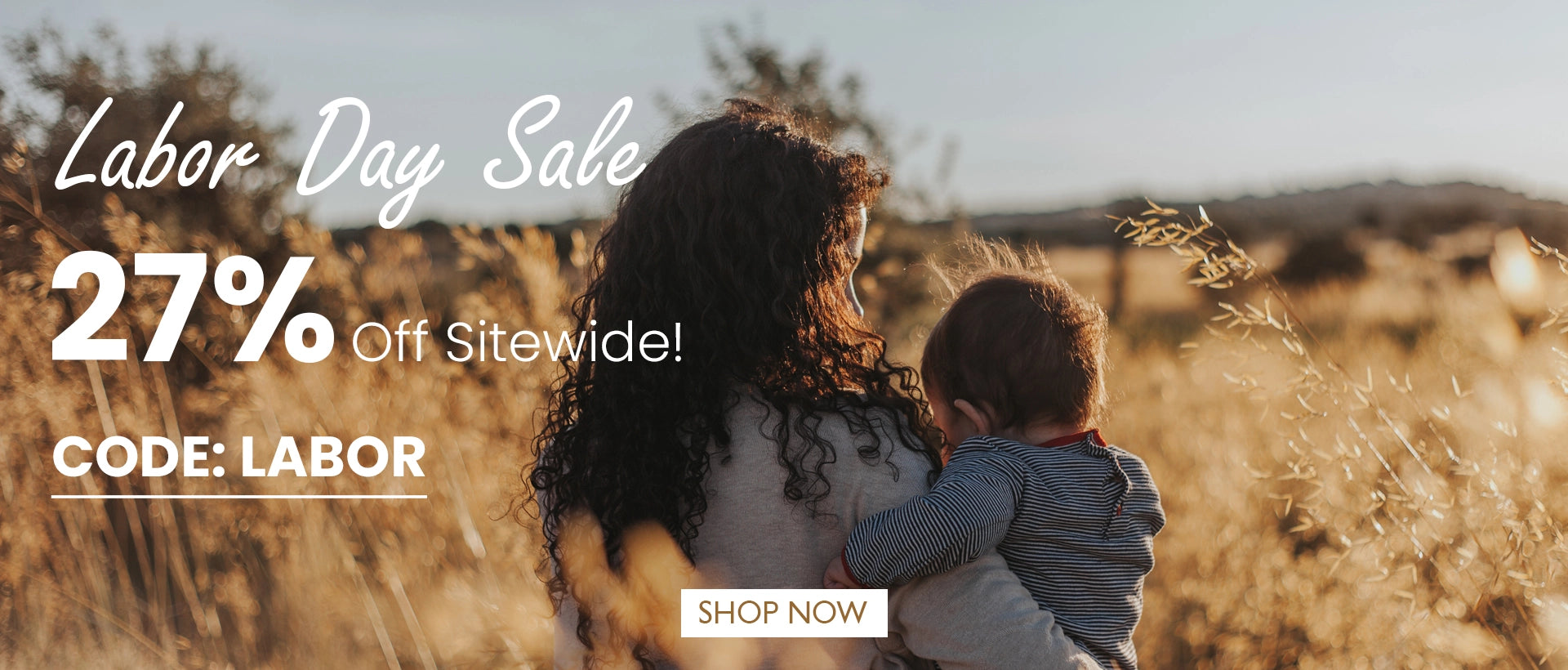Startseite
Pregnancy, Breastfeeding, and Pumping: The Ultimate Guide for Moms
Are Second Hand Breast Pumps Safe: What You Need to Know

Are Second Hand Breast Pumps Safe: What You Need to Know
When it comes to feeding your baby, ensuring safety and hygiene is paramount. Many parents consider second-hand breast pumps as a cost-effective option, but the question remains: are second-hand breast pumps safe? This article dives deep into the potential risks, benefits, and essential factors to consider before making this decision.
Understanding Breast Pump Safety
Breast pumps are medical devices designed to extract milk from the breasts. They come into direct contact with breast milk, which is a sterile substance meant for your baby’s consumption. Because of this, hygiene and safety are critical. Using a second-hand breast pump can introduce risks if not properly sanitized or maintained.
Potential Risks of Second-Hand Breast Pumps
One of the primary concerns with second-hand breast pumps is the risk of contamination. Even if the pump appears clean, microscopic bacteria or viruses may linger in hard-to-reach parts. Additionally, wear and tear over time can compromise the pump’s functionality, leading to inefficient milk extraction or even damage to breast tissue.
Open vs. Closed System Pumps
Not all breast pumps are created equal. Open system pumps allow milk to come into contact with internal components, making them harder to clean thoroughly. Closed system pumps, on the other hand, have a barrier that prevents milk from entering the motor, reducing the risk of contamination. If considering a second-hand pump, opting for a closed system may be a safer choice.
How to Safely Use a Second-Hand Breast Pump
If you decide to use a second-hand breast pump, there are steps you can take to minimize risks. First, ensure the pump is thoroughly cleaned and sanitized according to the manufacturer’s guidelines. Replace all parts that come into direct contact with milk, such as tubing, valves, and flanges. Inspect the pump for signs of wear or damage before use.
Consulting a Healthcare Professional
Before using a second-hand breast pump, it’s wise to consult with a lactation consultant or healthcare provider. They can offer personalized advice based on your specific needs and help you determine whether a second-hand pump is a viable option for you.
Cost vs. Safety: Weighing the Pros and Cons
While second-hand breast pumps can be more affordable, it’s essential to weigh the cost savings against potential safety concerns. Investing in a new pump may provide peace of mind and ensure optimal performance, especially if you plan to use it frequently or for an extended period.
Alternative Options to Consider
If a second-hand breast pump doesn’t feel like the right choice, there are other cost-effective alternatives. Many organizations offer rental programs for hospital-grade pumps, which are thoroughly sanitized between uses. Additionally, some insurance plans may cover the cost of a new breast pump, making it a more accessible option.
Final Thoughts on Second-Hand Breast Pumps
Ultimately, the decision to use a second-hand breast pump depends on your comfort level and willingness to take precautions. By understanding the risks and taking steps to ensure safety, you can make an informed choice that best supports your breastfeeding journey. Remember, your baby’s health and your peace of mind are worth the investment.
Teilen

